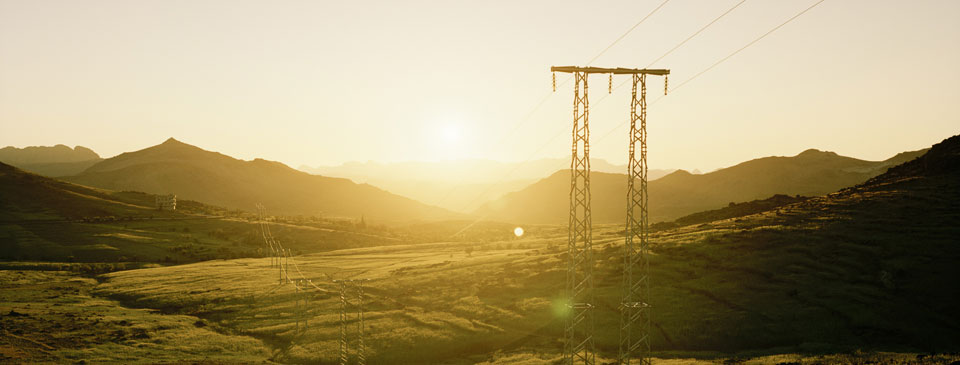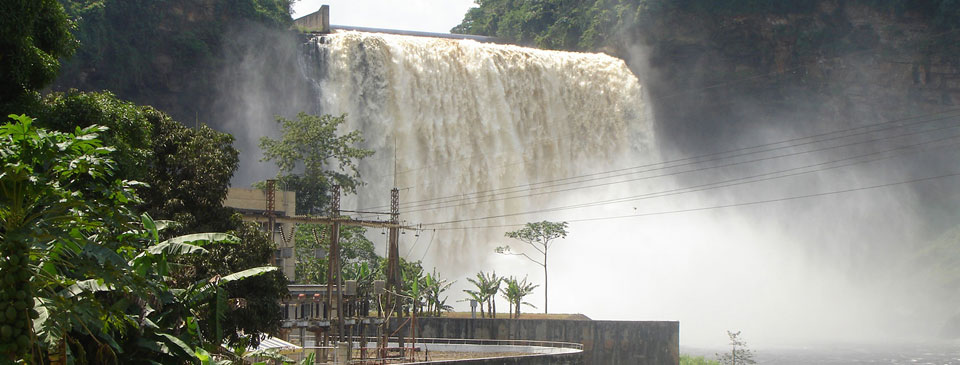
Today, Africa stands at a crossroads: across the continent economies are experiencing record growth. African growth is expected to continue at more than 5% per year, and allow the continent to attain success rates comparable to that of the other emerging regions.
Nevertheless, the opportunities facing the African continent are as enormous as the challenges to be overcome. Africa still has a serious shortage of infrastructure compared to the other developing markets:
Key Africa figures
- The Middle-Class population of Africa will exceed 1 billion people within the next 50 years.
- Africa needs 7,000 MW of additional electricity generation capacity each year, but has only installed 1,000 MW over the last few years.
- The demand for energy is going to increase more than 400% between now and 2040 in Africa.
- In 2040, the African ports will handle the transit of more than 2 billion tons of goods per year, roughly the same quantity of goods transported by the American ports in 2012.
- The GDP of a number of African countries could reach over 400 billion dollars by the year 2020
- The total GDP of the African economy (29 billion dollars) will reach close to half of today’s global GDP (71 billion dollars) in 2050, or a 1,400% increase compared to Africa’s GDP today.

Had the rate of investment, which marked the start of the last decade, been maintained, it would have taken the Congo 31 years to achieve its current levels of development. In the early 2000s, after 8 years of civil war (1993-2002), the Congo sorely lacked infrastructure: transportation, production and energy distribution, potable water, and telecommunications infrastructures,
The creation of the General Delegation for Major Public Works allowed Congo to make a real leap forward in terms of infrastructure facilities, and has supported the country’s modernization and industrialization needs. Created by the President after his re-election in 2002, it is responsible for coordinating the implementation of major projects. It launches calls for bids (design and construction), monitors projects and oversees project implementation.
The leading projects underway will establish the Congo’s strategic position as a pivotal transit centre in the region. The DGGT’s objective is twofold; first it will open and connect all of the country’s districts and municipalities and connect the capital Brazzaville to the autonomous port of Pointe-Noire, now the centre of economic and commercial activity. The second, objective is ensure that continental traffic moves smoothly from north to south.
Among the infrastructures now in place and that are contributing to the country’s economic diversity, the Pointe Noire Port benefited from a vast rehabilitation, expansion and modernization program that allowed it to strengthen its role as the region’s main transit and re-shipment port. The rehabilitation of the CFCO railroad made it possible to increase goods and passenger traffic and to place the first iron ore trains into service.
4, Cité Paradis 6È Étage | Paris | 75010 | France
E. info@buildafricaforum.com | registration@buildafricaforum.com
T. +1 212 317 8656
 FR
FR




